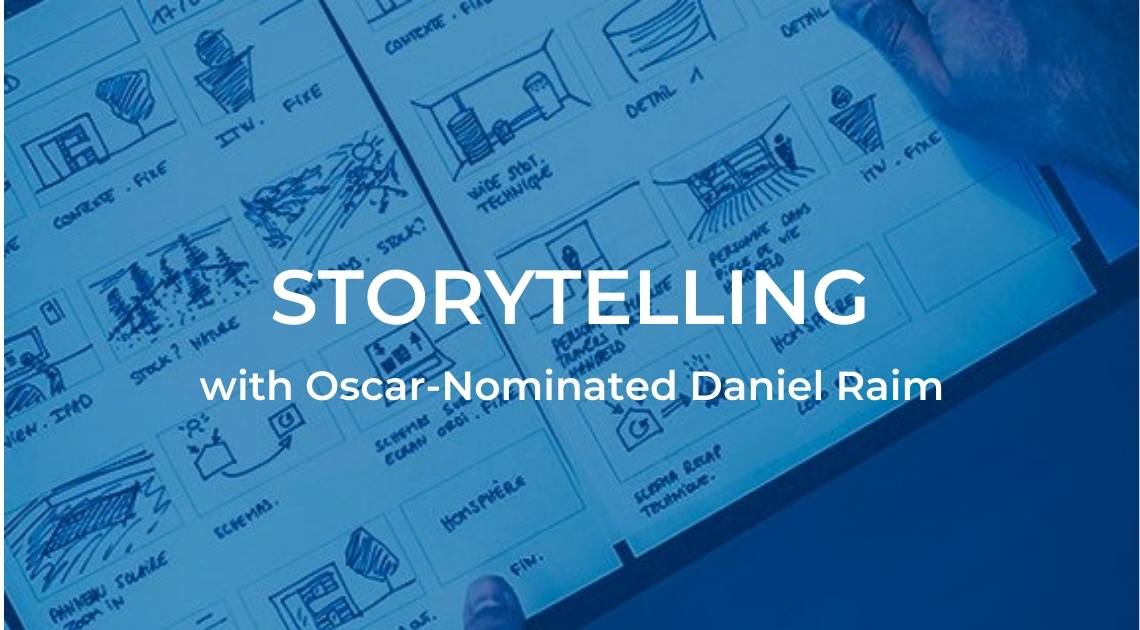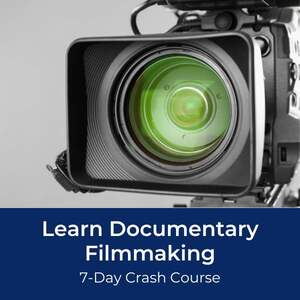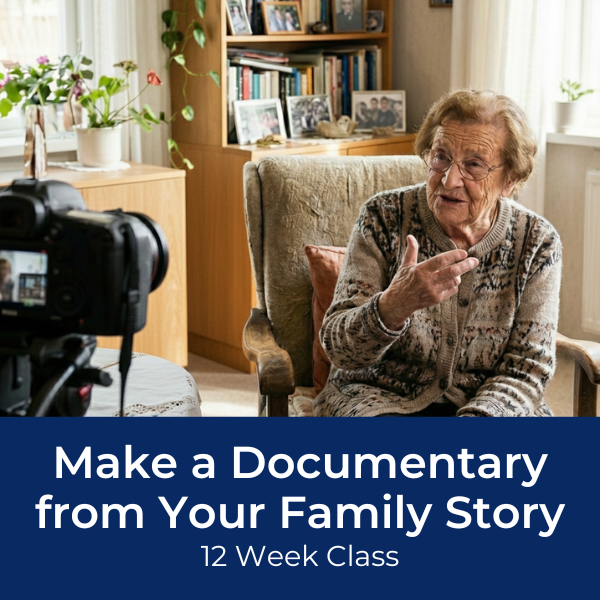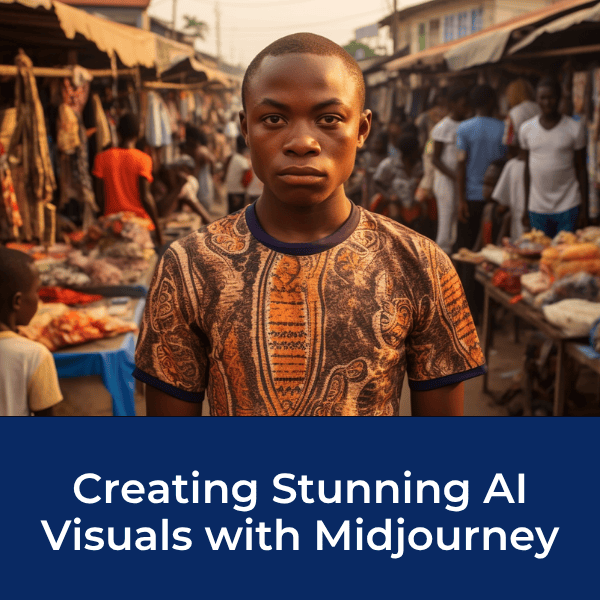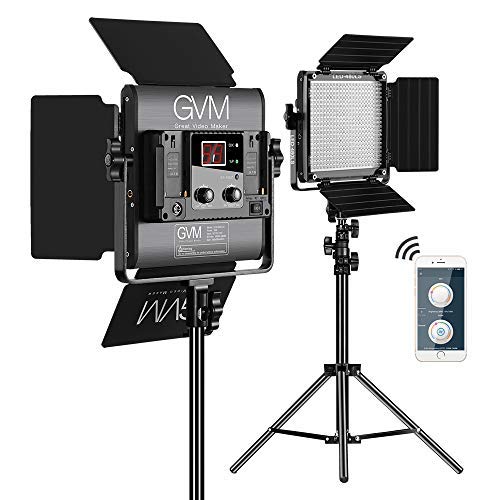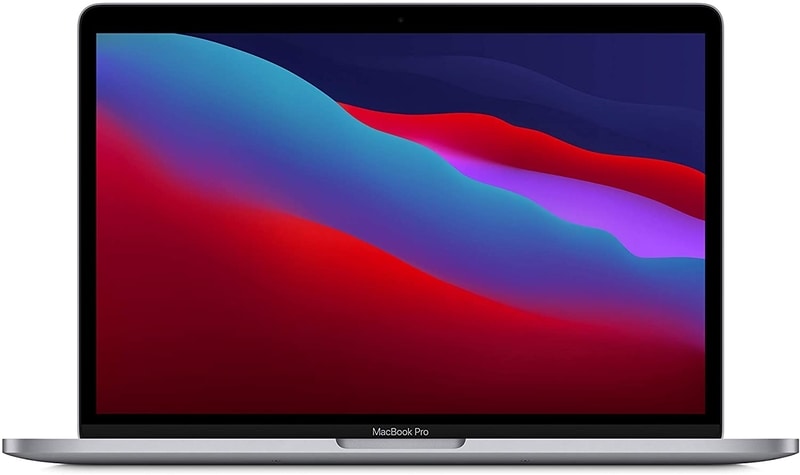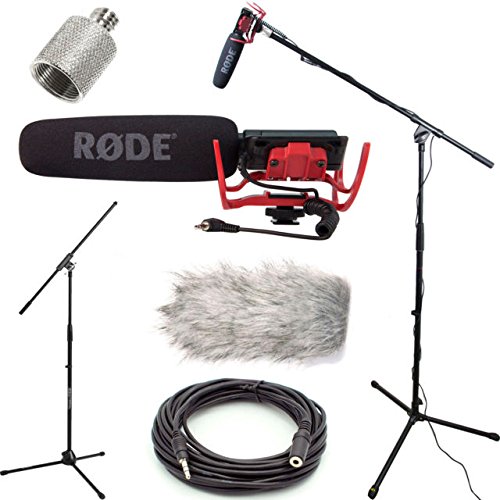How To Organize 60 Years Of History Into A 94-Minute Documentary
Interview with Documentary Director Daniel Raim
Publish Date: September 1, 2016
Daniel Raim has spent the last two years pouring over stacks of photographs, old film footage and other archival materials for the documentary "Harold and Lillian: A Hollywood Love Story."
The 94-minute film has already showcased as an Official Selection of the prestigious Cannes Film Festival, Edinburg International Film Festival and many others.
Raim, an Academy Nominated Director (The Man On Lincoln's
Nose), is now preparing for a theatrical release in the US and abroad.
What Makes A Good Documentary: 7 Key Elements of An Award-Winning Documentary
7 Steps To Creating A Captivating Documentary Story
Harold And Lillian | Documentary Trailer
Director: Daniel Raim, Executive Producer: Danny DeVito
Interview with Documentary Director Daniel Raim
Getting Started
[Question]
Covering 60 years of history seems a daunting task. What was
your process of researching and organizing all of the material? Where do you
even begin?
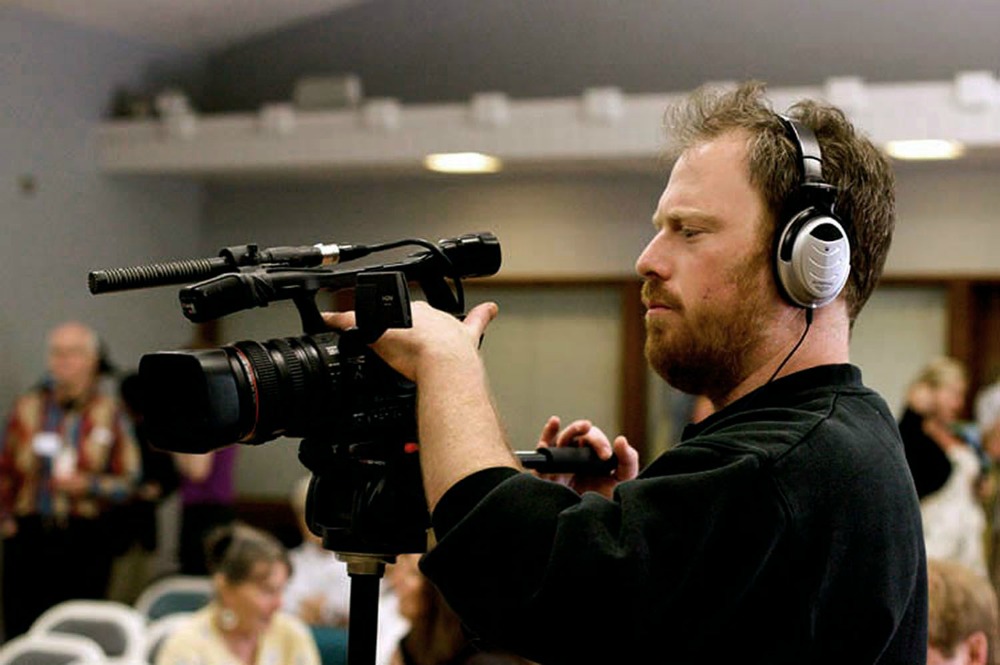 Daniel Raim
Daniel Raim[Daniel Raim]
The research for this type of filmmaking comes from the interviews themselves, not only with Harold and Lillian but with all the subjects that we were fortunate to film. Danny DeVito, Mel Brooks, Francis Ford Coppola, and others, deepened my understanding of Harold and Lillian’s contributions to the history of American cinema – both as people and as artists.
Our editorial process began with making a five-hour chronological rough assembly of the best material about one month into shooting the doc. A cut that had no embellishments, no music, no graphics, no narration.
The idea was to watch this long assembly in one sitting and let the material tell us what the film wants to be.
It’s a disciplined, Zen process. And that’s where I discovered the film’s emotional and thematic core: which is the inner story of Lillian Michelson, and her journey from growing up in an orphanage to eloping to Hollywood with Harold at the age of 19.
The film suddenly presented itself as a hero’s journey about two ordinary people who led an extraordinary life and had an extraordinary relationship.
I thought I was making a film history doc about an Oscar nominated storyboard artist and his wife, a renowned film researcher. But Lillian’s inner story stole my heart.
I had to look at the story from a completely different angle that I had originally intended.
So now that we had this chronological overview of their lives, the next step is to tell a compelling dramatic story. And that means rearranging and dramatizing their life events so it doesn’t become: “This happened, then that happened, then this happened.”
At that point you have to bust out an old copy of Aristotle’s Poetics and revisit what it means to tell a dramatic, well told story.
Sometimes it’s helpful to change the order of events for dramatic impact.
As one storytelling teacher pointed out: “A great chronicle does not have to be structured chronologically.”
The editing of this documentary took about 18 months, starting with my first in-depth on camera interview with Lillian Michelson in June 2013.
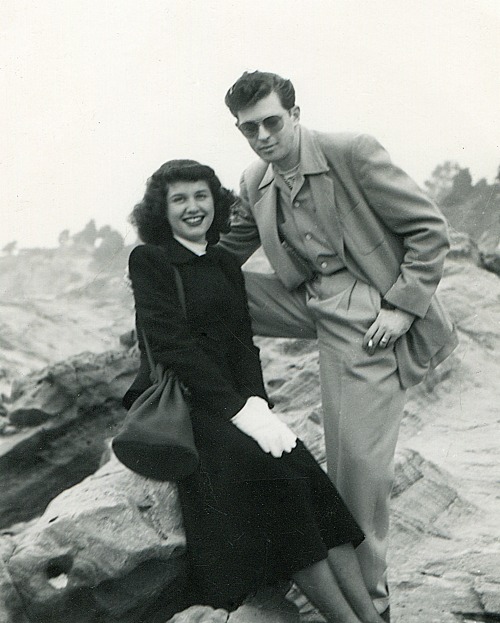 Harold and Lillian Michelson
Harold and Lillian MichelsonThe bulk of the work involved intertwining several career spanning interviews with Harold and Lillian. Slowly and methodically sculpting them and interweaving them to tell the story of their professional life and their family life while raising an autistic child.
Fortunately, not only is Lillian a dazzling storyteller but she was willing to wear the same blue dress shirt for continuity purposes over the course of 18 months while we were shooting interviews.
So about once every three or four weeks I would meet Lillian at the Motion Picture Home with a list of questions that had occurred to us during the editing process.
So for 18 months, we are simultaneously editing and shaping the film and interviewing Lillian to fill in story gaps that have come up. Sometimes I’d have lunch with Lillian and overhear her tell an amazing story, and I would call her up the next day and ask, “Can we meet up, and is that blue shirt back from the dry cleaner yet?”
Scriptwriting Tools & Software
[Question] Did you use any special tools or software to organize your
materials/project? (transcription services, project management software, etc)
[Daniel Raim]
My process for organizing the material and creating a Paper Edit is as follows:
Step One: I work with a terrific independent transcriber, Belle Lapa at her company Scribers Point, and within a few days Belle would send me a full transcript of the interview I just shot.
So I get all the
material I need transcribed and copy the text into a Final Draft (screenwriting software) document.
Excerpt Of "Harold and Lillian" Documentary Script in Final Draft 9
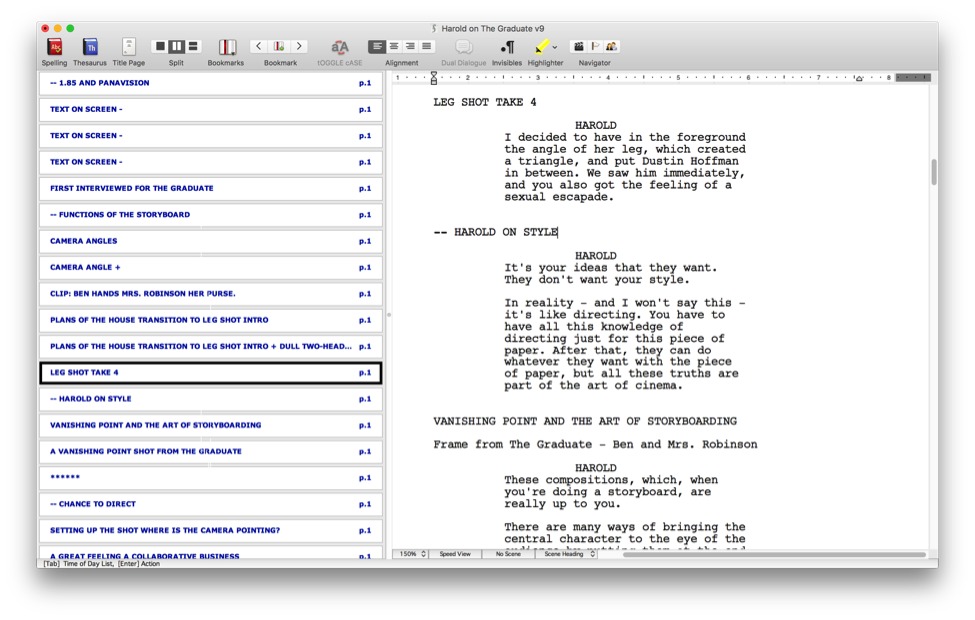
Step Two: In FD9, format the transcript dialog like a traditional movie screenplay - then make the scene heading a quote from what the person is saying or the subject of the scene.
So the scene heading becomes a “Subject Line” that I can refer to very quickly.
And in FD9 split screen mode (see screen grab above) I have on the left my scene headings; and on the right the transcript.
Once I have the full transcript broken down into scene headings (or Subject Lines), I then go into my non-linear editing (NLE) software and create Scene Markers on the timeline of the respective interviews.
Each Marker is placed at the start of the scene (where the dialog begins), so I can reference back to the Final Draft document.
This works because I label the Markers in the NLE with
identical names to the scene headings in the Final Draft document.
Step Three: I copy and save the Final Draft document as “version two” and begin to shuffle the scenes around by dragging the scene headings up and down … basically creating a new structure that tells a story. Then it becomes fairly easy to replicate the Paper Edit structure within the NLE by using the Markers in the timeline as a guide. The result is usually just a starting point.
I would repeat step three until I am happy with the basic structure within the edit and proceed to embellish it with music, narration and archival.
This is one working method to go from Paper Edit to a Draft One Assembly.
The other method I used was to give physical printouts of the transcript to my wife and co-editor, Jennifer Raim, along with scissors and tape. Jen is a gifted storyteller and would read the transcripts and devise a unique structure. Using good old fashioned scissors and Scotch tape, she would re-assemble the transcript, numbering each scene, then hand me the pile of papers to assemble in the NLE.
Either way, this is our method for distilling 30 or more hours of interview footage into a 5-hour assembly, and finally a 2-hour rough cut.
Storytelling Process
[Question] What was your storytelling process? Any bumps in the road?
[Daniel Raim]
Creating a film that spans 60 years in both the life, career and romantic partnership of a couple within 94 minutes is extremely challenging. It goes against everything they tell you not to do in film school and screenwriting books.
I think I heard Aaron Sorkin warn against the “cradle to the grave structure.” So I initially struggled with the narrative until I discovered my intension: to tell the story of a life lived, and how we reflect on our choices towards the end of that journey.
The film depicts the heroic decisions and actions our protagonists took that led them to such a rich, loving and enchanted life together for sixty years. No small feat. And they had to overcome great challenges, both internal and external. I suppose this is nothing new; this is screenwriting or storytelling but a process nonetheless.
And I think it ultimately came together because Lillian is such a great storyteller—and so is Harold.
Another important element of the storytelling process was visualizing their life together on screen (where there was no camera to capture the essential moments).
Storyboards for "Harold and Lillian" Documentary
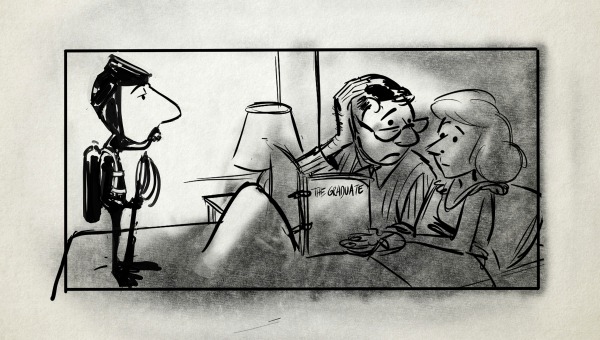
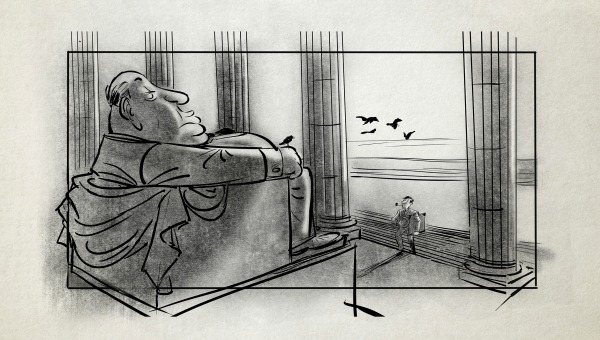
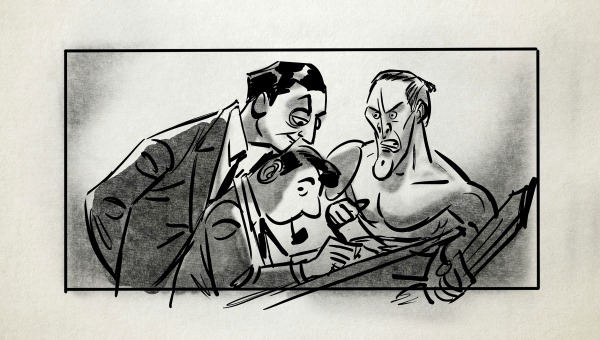
I worked with senior DreamWorks Animation and Sony Pictures Animation artist Patrick Mate on creating original cartoon-like storyboards that would seamlessly and organically be weaved throughout the film.
Patrick created very witty and poignant storyboards that depict Harold and Lillian’s life in a way that is both reminiscent of Harold’s style, but also thematically connected to the story.
Ultimately the film became this synthesis of intimate interviews coupled with Patrick’s boards, Harold’s original storyboards (from The Birds through Spaceballs) and, an amazing original score by Dave Lebolt, and rare archival material.
As I mentioned before, the initial process involved laying out the story chronologically, then asking: What lies at the heart of the story? What is it about for me personally? What are the questions I want leave the audience with?
One of the biggest challenges I experienced was the discipline of refining the story to its essence, and not worrying what the public, friends, or film critics will say.
Everyone brings to a film they watch their own prejudices, their own expectations, their own idea of what your story should be about, what should be in it and what should be excluded. And you cannot satisfy everyone. So make the film you want to see and express those questions and ideas through your subject matter.
At some point you have to find yourself in the material. It’s the old cliché that the portrait you’re painting happens to look more like yourself then the subject in front of the easel.
Documentary Editing & Software
[Question] What did your editing process look like? Did you edit the
film yourself or did you have an editor?
[Daniel Raim]
When we started this project in 2013, I was still using Final Cut Pro 7. I’ve since moved on to Premier Pro, but without a doubt FCP7 was an editing workhorse.
The process involved me sitting at the keyboard and doing picture editing while Jen created intricate paper cuts, and during this time Patrick Mate was drawing storyboards.
Then I would cut all this material into a rough cut and the polish would be Jen and I sitting at the editing table, where we were joined occasionally by Patrick, combining our respective talents to create the fine cut.
It was a great workflow coupled with some extremely talented creative partners that helped me get the film finished in time for our world premiere at the Cannes Film Festival.
Additional editing tools we used included Apple Compressor. This software did some impressive upscaling from SD to HD, as well as transcoding from PAL to NTSC and 29.976 interlaced to 23.976 progressive scan.
All video assets were ultimately conformed to ProRes 422 HD 23.976.
Once we had our picture lock, we color corrected at FotoKem in Burbank, and the sound editing and 5.1 mix was done at Media City Sound in Studio City.
Advice To First Time Filmmakers
[Question] What advice would you give a filmmaker just starting out
on a similar project?
[Daniel Raim]
I think it’s important to kind of dig beneath the surface and investigate the humanity of a story or a subject from multiple angles and dimensions. Go past the Wikipedia version and uncover some vital truths. And realize that documentary filmmaking has become very close to fiction filmmaking in terms of dramatic storytelling. I highly recommend a book called Writing Drama that applies as much to documentary filmmaking as fiction storytelling.
Also, stretch your creative wings and make the kind of film that you want to see projected on a big screen with an audience. Use your unique voice.
According to my film school professor, production designer Robert Boyle, Hitchcock used to say that if he could get just 50% of his intention on to the screen, he had succeeded.
About Daniel Raim
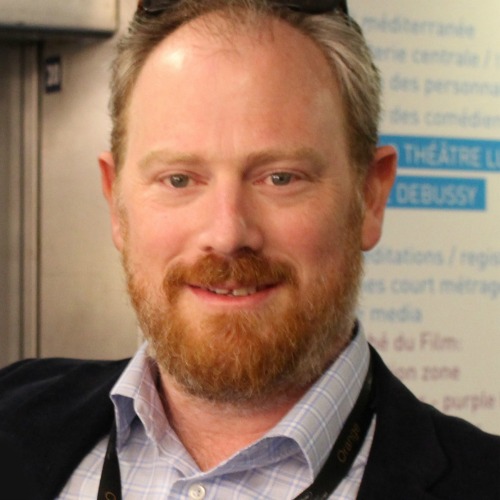
Academy Award®-Nominated Writer-Director Daniel Raim has made a career directing documentaries dedicated to the art and craft of filmmaking.
He has directed numerous award-winning and critically acclaimed feature documentaries and documentary short subjects.
Four of those films received impressive theatrical releases, including HAROLD AND LILLIAN: A HOLLYWOOD LOVE STORY (2015, Official Selection Cannes Film Festival + Turner Classic Movies broadcast premiere + Netflix 2018 release) and IMAGE MAKERS: THE ADVENTURES OF AMERICA'S PIONEER CINEMATOGRAPHERS (2019 TCM).
In Spring of 2022, Daniel's brand new Jeff Goldblum-narrated documentary feature, FIDDLER'S JOURNEY TO THE BIG SCREEN, had its theatrical release through Zeitgeist Films in association with Kino Lorber.
Through Daniel's films and his teaching, he has inspired future generations of storytellers and visual artists around the world.
Daniel is the instructor for the popular Documentary Storytelling & Scriptwriting Course offered exclusively here on Desktop Documentaries.
Step-By-Step Documentary Storytelling & Scriptwriting with Daniel Raim
